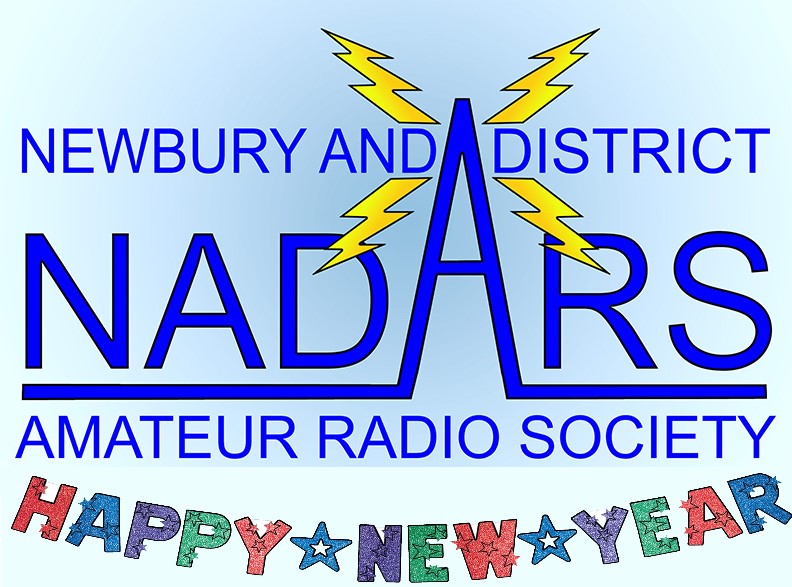|
AFSK vs. FSK |
Info from Andy G3SVD....
Re the frequency offset we talked about when running RTTY/PSK - FSK V
AFSK .
Hmm "Center of Intelligence" - John
15 Feb 90
The frequency of operation for data modes has long been a source of
confusion if not a point of contention for both Amateur and
Professional radio operators. All Mark/Space data mode modulation can be
generated using FSK or AFSK. What is the difference? FSK is true
Frequency Shift Keying of the transmitter's carrier. This shift can
be applied to any of the transmitter oscillators. Audio Frequency
Shift Keying is generated by shifting the frequency of an audio
oscillator that is fed into the transmitter's normal transmit audio
input. Unlike FSK, AFSK can be used for FM modulation. The frequency of
an FSK system is easily determined by reading the transmitter's dial
or crystal frequency. Frequency is not so easily determined on a SSB
transmitter modulated by AFSK tones. In this case audio tone frequency
and sideband must be known. For discussion purposes, let's assume that
the AFSK tones are 1600 and 1800. The following figure illustrates
how to determine the resultant operating frequency.
|
Figure 1:
| | Mode: LSB
| |
| |
| |
| |
| |
| | |
-------------+-----+-----+------------------+-------
^ ^ ^ ^
1800 Hz ______| | |______ 1600 Hz |
| |
Virtual Carrier or Center __| Actual Suppressed _|
of Intelligence Carrier
Note that in the diagram, three new terms are mentioned. The
Virtual Carrier refers to an equivalent frequency to that which would
be used if the system was FSK. This can also be referred to as the
Center of Intelligence, or simply half-way between the highest and
lowest modulating tone. The Suppressed Carrier is a function of using
a SSB transmitter and is its' dial frequency. The difference between the
actual and virtual carrier frequencies is the potential source of
confusion. If Station A is using FSK and tells Station B who is
using AFSK he is on 28.113 MHz, unless they both "know the rules",
is 28113 or (28113 + 1.700) KHz the correct frequency? .pa To make
matters worse, what if there are two AFSK stations one with 1600/1800
tones and the other with 2110/2310 tones. How do they tell each
other the frequency? If they use their dial frequency, their
virtual carrier frequency will not match and they can not communicate.
The FCC, MARS, Military and knowledgeable commercial stations
solved this by always referring to the Center of Intelligence or
Virtual Carrier. That put the burden of tone offset on each
station but made it unnecessary for each station to know or guess about
the other station's equipment. I recently became active on HF Packet
radio and was shocked to find references to frequency being made
by using AFSK dial frequency. One BBS even went as far to set his
UNPROTO string to NET113, the dial frequency, when actually the
Center of intelligence was (28.113 - .001700) or 28.111300 MHz.
Since I own a PK-232 which uses a tone pair of 2110/2310, I have to
tune my radio to 28.113510 MHz, still no relevance to 28.113! I suppose
it too late or futile to try to get the Amateur Data mode community
to start talking Center of Intelligence but at least they should be
aware of it. If they add notes in their BBS's online tech info etc.,
they should mention the center of intelligence. Another useful bit of
related information is the simple rule of thumb that the Bandwidth
required is: BW Hz = Shift Hz + Baud For most HF
packet this works out to be 500 Hz. Knowing the BW required and
actual frequency is helpful is picking an operating frequency.
In researching what Packet TNC's use what tone pairs, I compiled the
following data you might find helpful:
TNC Type Tone Pair
======== =========
Kantronic's KAM (default settings) 1600/1800
AEA PK-232 (USA normal ham) 2110/2310
AEA PK-232 (Sitor) 1615/1785
AEA PK-232 (European) 1250/1450
73's
Jim Lill
WA2ZKD
P.S. I think MTTY uses the same tone pair as Kantronics - there is
a Kantronics emulation setting in the setup.- john
|








